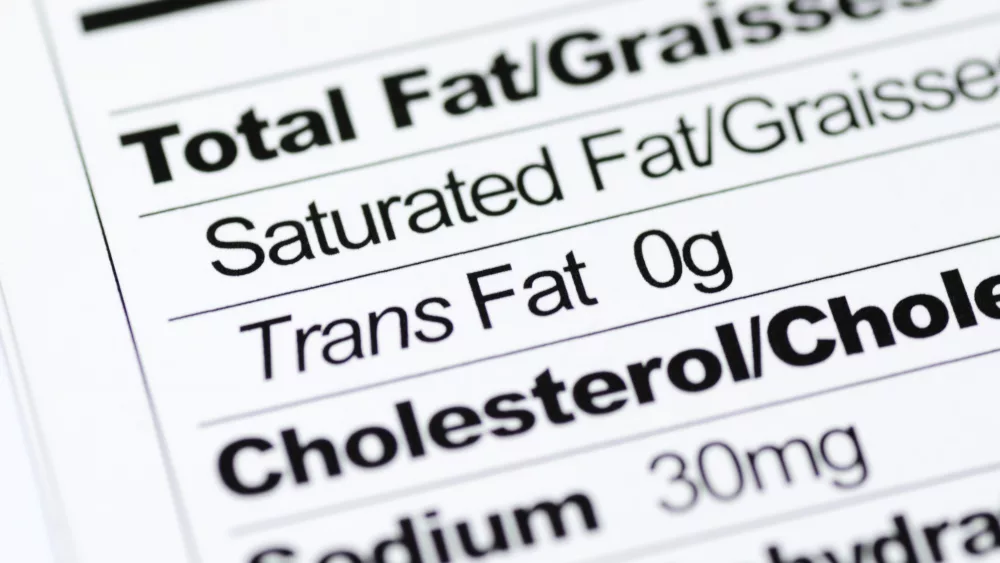Zero-proof drinks are gaining favor with both old and young alike, and it looks like they will cut increasingly into wine, beer and spirit consumption.
Many nonalcoholic concoctions—what used to be called “mocktails” (a word now totally out of vogue)—are finding favor with those seeking healthier, non-intoxicating alternatives. Beyond health, these “sober-curious” adults are looking for ways to socialize and have fun within the 21-plus crowd, while remaining in control of their faculties.
The demographics
Historically, older people drink less than younger people. According to a 2003 Gallup poll, young men tended to drink a far greater number of drinks than women. They found that a typical 18- to 29-year-old man who drank alcohol consumed seven alcoholic beverages per week, which was about two more drinks per week than men in any other age category. Women in all age groups who drank consumed, on average, between two and three alcoholic beverages per week.
In the same report, Gallup found that nearly three-quarters of men age 50 and younger drank alcohol on occasion, while roughly two-thirds of men age 50 to 64 consumed alcohol, and only a slight majority of men age 65 years and older did so. Two-thirds (66%) of women age 18 to 29 drank alcohol, which declined slightly to 62 percent among women between the ages of 30 and 49, and 57 percent among women age 50 to 64. A larger decline was evident among women age 65 and older. Only 41 percent of them said they drank alcohol.
Those numbers are changing, however, with nearly 30 percent of Millennial respondents in a recent poll saying they’ll drink less alcohol
Streetbees, an agency studying consumer behavior, reported that in 2018, of 1,700 drinking-age U.S. Millennials (born approximately between 1980 and 1995), 29 percent said they’ve decreased alcohol consumption in the last year. Other reports point to the still-very-young Generation Z (born approximately between 1995 and 2014) as having even less interest in alcohol than the millennials.
What is going on here?
For the last few years, I’ve been noting the changing nature of the public’s general view of alcohol and health. During the 1960s and ’70s, alcohol was thought of as being healthy when consumed in moderation. The problem was that moderation was never very well defined. As time passed and information became more readily available, the mistrust of any health claims associated with alcohol has grown.
And though learning that alcohol consumption (including wine) is potentially unhealthy would be a shock for many people older than the age of 40, this is not news for most anyone younger.
If you sat in on a high school health class in the last decade, you’d likely hear about statistics from the National Institute on Alcohol Abuse and Alcoholism. These might have included that an estimated 88,000 people (approximately 62,000 men and 26,000 women) died in 2014 from alcohol-related causes, making alcohol the third leading preventable cause of death in the United States. The first is tobacco, and the second is poor diet and physical inactivity. You’d also hear that alcohol-impaired driving fatalities accounted for 9,967 deaths (31 percent of overall driving fatalities).
Situational awareness
Another reason for the rising interest in non-alcohol alternatives is the younger generations feel vulnerable, as if the very world around them is a threat to their well-being and safety. In the past, coaches, teachers, priests, leaders, comedians, chefs, doctors, business leaders and the like were viewed as protectors and providers, but years of controversy and abuse committed by albeit a tiny fraction of such former stalwarts have taken their toll. Couple this mistrust with an increase in random violence (such as shootings) and what we have is a collection of young people who feel unprotected and at risk of harm, believing that they must remain sober and vigilant.
The new reality of wine is that of modest moderation.
These new realities will result in continued changes within the wine industry. We are seeing some of the first signs of this new trend now: decreased demand for winegrapes, slowing consolidation, an increased supply of winemaking equipment, a rush toward more marketing and an increased push into the rare “untapped” markets, and more demand for lower-alcohol, lower-cost alternatives.
Wine will almost certainly always have a place in a healthy diet, but the days of pushing ever-increasing consumption and higher and higher alcohol levels are going fast, replaced by a new era—one that may see moderation as a growing virtue as the numbers within the sober-curious category expand.





